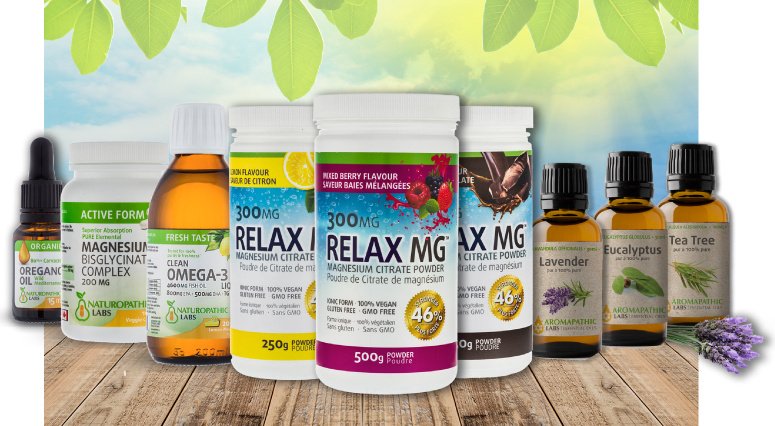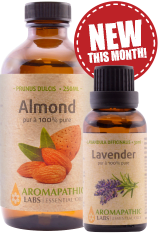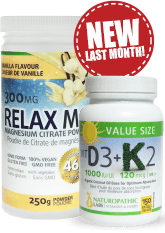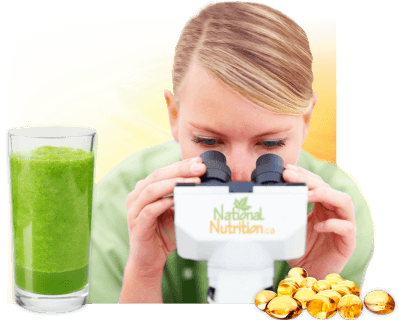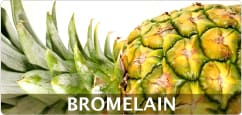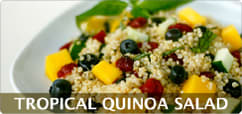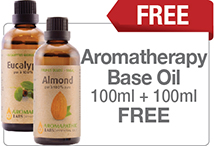Format
 Loose Tea
Loose Tea
28g
Dosage
Heat water to 185F/85C. Steep for at least for 3 to 4 minutes. May be rebrewed for 2 or 3 infusions. Two tea bags in 150 ml of water, 1 to 2 times per day.
Important Information
Consult a health care practitioner if symptoms persist or worsen. If you have heart disease, high or low blood pressure, kidney or liver disorder, diabetes or edema (swelling of hands, feet, and face) or are taking products containing diuretics, do not use. Do not use if you are pregnant or breastfeeding. Do not use if you are allergic to plants of the Asteraceae/Compositae/ Daisy family. Stop use and seek medical attention immediately if you experience dizziness, confusion, muscle weakness or pain, abnormal heartbeat and/or difficulty breathing.
- Robust, full-body, herbal spice and cooked fruit, robust
- Tastes similar to black tea
- Relief of rheumatic conditions, for skin conditions and as a tonic
- Daily Immune Booster
- Ethically wildcrafted & organic
Related Videos
Articles by a naturopathic doctor.
Algonquin Tea
Algonquin Tea is a natural supplement that promotes healthy living and natural health. Made from high-quality Canadian ingredients, this natural tea is perfect for tea drinkers who value the benefits of herbal remedies. With its unique blend of herbs, Algonquin Tea offers a refreshing and nourishing experience for those seeking a reliable and effective natural supplement. Read more >TEA
Tea is cool! (Figuratively speaking of course, as most people do prefer their tea hot!)...
Did you get the memo? Teahouses are becoming more hip than coffee joints. Aside from a plethora of herbal teas, most teas are built from a base of either green, white, black or red tea. Here’s everything you’ve ever wanted to know about tea! (Well, maybe most of it, anyway!)
Green Tea
Green tea, white tea, oolong and black tea are actually all made from the leaves of the same plant, Camellia sinensis. The difference is that black tea is fermented to produce the characteristic flavor and this process destroys most of its medicinal benefit. Green tea, as an unfermented option, is packed with antioxidants to fight off free radicals, prevent inflammation and ultimately disease.
Green tea can be purchased in tea bags, or as a loose tea, and comes in decaffeinated and flavoured varieties. Plain green tea only needs to be steeped for 45 seconds – 1 minute, at a temperature of approximately 175 degrees F. Flavoured green teas may need closer to 2 minutes steeping time for best results.
White Tea
White tea is lightly oxidized tea, again from the buds and leaves of the Camellia sinensis plant. To make white tea, the leaves and buds are allowed to wither in natural sunlight before processing to prevent further oxidation. White tea is relatively new to the tea world, only coming into creation over the last two centuries. White tea is said to possess very similar health benefits to green tea, although it is actually thought to contain more (actually, the most) antioxidants!
White tea can also be found in flavoured varieties, and is sold in tea bags, and in a loose-leaf tea. It also needs to be steeped at approx. 175 degrees, but unlike green tea, should be steeped for a total of 4-5 minutes for optimal enjoyment.
Black Tea
In terms of oxidization, black tea is king. It is oxidized longer than oolong, green and white teas, giving it a generally stronger flavour, with less medicinal benefit than the others. Black tea retains it flavour for several years, explaining why it has long been an article of trade and still stands as the most popular of the Camellia sinensis teas. There are a variety of black teas on the market, some of the more well known include: Assam, Darjeeling, and Ceylon. A few of the more well-known blends include earl grey, English breakfast, and chai, which is a combination of black tea, spices, such as cinnamon, cloves and cardamom, along with milk and sugar or honey.
Oolong Tea
Oolong tea is a semi-oxidized tea, very popular in China. In fact, most regions of China have their own varieties, with distinct flavours and colours, depending on oxidation time and processing method. Another unique characteristic of oolong teas is that the leaves are rolled into curly leaves, or wrapped into small beads, depending on the region and variety. Oolong tea has less caffeine than black tea, but can be steeped at similar temperatures for the same amount of time, roughly 195 degrees F. for 3 minutes. Oolong tea is most often found as a loose tea.
Mate
Yerba Mate is another plant (or tree, actually) all together, coming from a species of holly called Ilex paraguariensis, native to subtropical South America. What some people do not know is that Yerba Mate is a caffeine-containing beverage. Mate is especially popular in Uruguay, where it is consumed from a guampa, or hollow gourd-like container, with a metal straw.
When the mate is harvested, the branches are often dried with a wood fire, leaving a slightly smoky flavour and aroma. The caffeine levels, strength of flavour and nutrient levels in Yerba mate can vary greatly depending on whether it is made from the female or male plant.
Mate may be vastly different from black and green teas in many ways, unless you are talking health benefit! Some studies have shown similar lipid metabolizing effects to green tea, with Ilex paraguariensis extracts supporting lowered LDL cholesterol levels in both healthy and hyperlipidemic individuals.
There have been a few studies proposing that mate may increase the risk of oral, esophageal and laryngeal cell growths. However, it has also been suggested that these findings may have more to do with the high temperatures that mate is consumed at, rather than the mate itself. Mate is traditionally meant to be steeped at a high temperature of 208 degrees F, with a total steeping time of 5-6 minutes. Mate is now readily available in North America, and can be purchased in tea bags and loose leaf varieties, as well prepared, bottled, ‘iced’ varieties.
Rooibos
Rooibos has become a well-known tea in North America over the last few years. Naturally caffeine free, full of flavour, and health benefits, Rooibos is easily becoming the caffeine-free tea of choice. Rooibos, or Aspalathus linearis, is a member of the legume family of plant in South Africa. It is traditionally prepared very similar to black tea, with added milk and sugar or honey to sweeten.
Rooibos, or Red bush tea, is packed full of antioxidants, free of caffeine, low in tannins, and contains flavones and flavanols galore. Two specific flavanoids in Rooibos, quercetin and luteolin, may have cell growth-fighting qualities similar to EGCG of green tea. It is said that Rooibos can help relieve nervous tension, as well as being used to treat mild allergies and digestive issues, traditionally used for infantile colic in South Africa. There is also some research to suggest that Rooibos tea may help in the treatment of gout, as it may inhibit xanthine oxidase, which converts purine to uric acid.
Rooibos tea has similar brewing instructions as Mate. It is said to be best when steeped at 208 degrees F, for a total of 5-6 minutes. It can also be found in tea bags and as loose tea, in a variety of flavours.
Fluoride In Tea
Lately, there has been a lot of talk about green tea and fluoride. Camellia sinensis, naturally absorbs fluoride from the environment more effectively than other plants. And as it ages, the leaves absorb more fluoride, so the younger leaves have less fluoride than the older leaves. In practical terms, this means white tea (which is only very young leaves) has less fluoride than green, black or oolong teas, which include older leaves. In addition, the younger the leaves make a higher quality tea. Tea dust (in tea bags) and tea bricks (made from older leaves) have much higher levels of fluoride than high quality tea.
In order to understand the amount of fluoride in teas, you need to divide out teas into bottled, bagged, and loose-leaf. Bottled teas have much, much higher amounts of fluoride than bagged, which is higher than loose-leaf. This is partially because of the age of the leaves (bottled are the lowest quality and bagged are the next lowest quality).
So here's the reality: a cup of loose-leaf green tea generally contains 0.3 to 0.4 mg of fluoride. So it would require 10 cups to hit the recommended daily dose and up to 30 cups to hit the daily maximum. However, this assumes you are only getting fluoride from your green tea, which is not the case. Unless you are filtering your water (or drinking bottled water), not using toothpaste and not taking virtually any medicine, you are receiving fluoride from other sources. In other words, don't max out on fluoride from tea because you are also getting it from other sources.
The reality is that most people drink a few cups a day of green tea at most. Thus, limiting the dangers of fluoride toxicity.
Here Are A Few Things You Can Do To Reduce The Fluoride In Your Tea
Drink High Quality, Loose-Leaf Teas.
And avoid bottled green teas in particular, which seem to have numerous times the fluoride in loose-leaf green teas (and a lot less antioxidants).
Drink More White Teas.
White teas have more antioxidants than green tea, so many of the health benefits are still there, but they have a much lower amount of fluoride. Green tea also has the benefit of EGCG, so don't cut out all of your green tea consumption.
Use Filtered Water To Make Your Teas.
This has the added benefit of making your tea taste better, but it also filters out the fluoride added to your drinking water, which reduces the amount of fluoride in your tea.
Drink More Japanese Green Teas.
Because fluoride comes from the environment, soil matters. And for some reason, Japanese green teas have less fluoride than Chinese green teas.
Green tea, white tea, oolong and black tea are actually all made from the leaves of the same plant, Camellia sinensis.
- Reviews
- POST A NEW REVIEW

